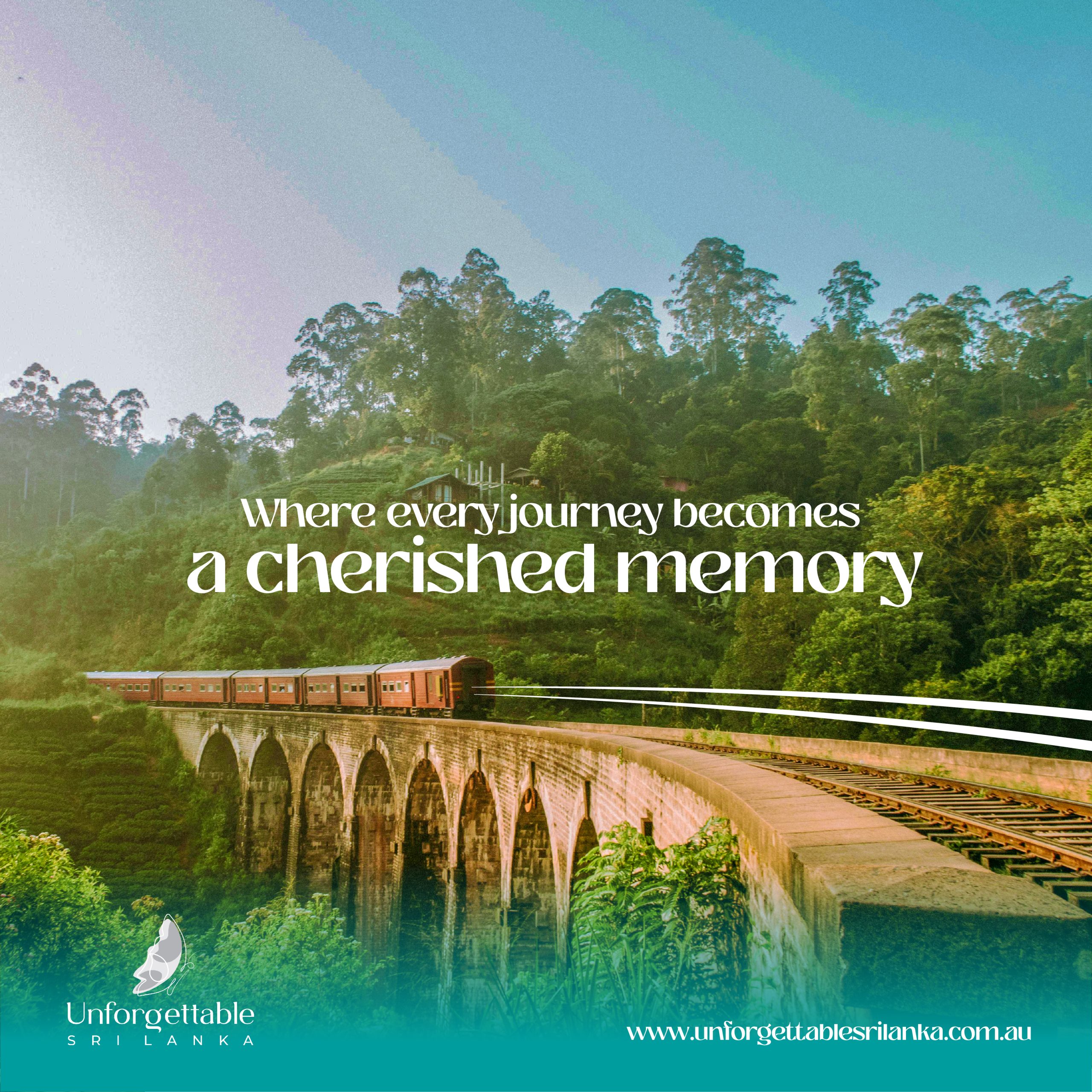Sri Lanka, often referred to as the Pearl of the Indian Ocean, boasts a rich cultural heritage that reflects its long and varied history. The island’s cultural landscape is a complex tapestry woven from centuries of ancient traditions, religious practices, and colonial influences. This unique blend is what makes Sri Lanka such a fascinating destination, where history and modernity coexist in harmony, offering visitors a chance to journey through time.
One of the most remarkable aspects of Sri Lanka’s heritage is its deep-rooted connection to Buddhism, which has shaped much of the island’s cultural identity. Anuradhapura, the ancient capital, stands as a testament to Sri Lanka’s early civilisation and its enduring spiritual traditions. Founded in the 4th century BCE, Anuradhapura is one of the oldest continuously inhabited cities in the world. The city is home to some of the most significant Buddhist monuments, including the towering stupas, or dagobas, such as the Ruwanwelisaya and Jetavanaramaya. These impressive structures, some of which rise over 100 metres high, were built by ancient kings as symbols of their devotion and power. The sprawling ruins of Anuradhapura, with their intricate stone carvings and sacred Bodhi tree, offer a glimpse into the spiritual life of a bygone era, inviting visitors to explore the rich history and religious heritage of Sri Lanka.
In contrast to the ancient city of Anuradhapura, the hill city of Kandy represents the cultural heart of modern Sri Lanka. At the centre of Kandy lies the Temple of the Tooth (Sri Dalada Maligawa), one of the most revered Buddhist sites in the world. This sacred temple houses the tooth relic of the Buddha, a symbol of Sri Lanka’s spiritual legacy and a focal point of worship for millions of Buddhists. The temple’s stunning architecture, with its golden roof and intricate carvings, reflects the artistic achievements of the Kandyan period. Every year, the Esala Perahera, a grand procession featuring drummers, dancers, and richly adorned elephants, parades through the streets of Kandy in honour of the sacred relic. This vibrant festival is a living expression of Sri Lanka’s cultural and religious traditions, drawing pilgrims and tourists alike to witness its splendour.
While Sri Lanka’s spiritual heritage is deeply rooted in its ancient past, the island’s colonial history has also left an indelible mark on its cultural landscape. Colombo, the bustling capital, is a city where the influences of Portuguese, Dutch, and British rule can be seen in its architecture, institutions, and urban design. The Galle Face Green, a sprawling oceanfront promenade, is a legacy of British colonialism, offering a place where locals and visitors alike can enjoy the sea breeze and panoramic views. Nearby, the Old Dutch Hospital, one of the oldest buildings in Colombo, has been transformed into a stylish shopping and dining precinct, blending history with contemporary culture. The Pettah Market, with its vibrant stalls and chaotic energy, reflects the multicultural nature of Colombo, where diverse communities have thrived for centuries.
Each city and site in Sri Lanka tells a part of the island’s story, inviting visitors to explore and appreciate its rich cultural heritage. From the ancient capitals of Anuradhapura and Polonnaruwa to the colonial forts of Galle and Trincomalee, Sri Lanka’s cultural landmarks offer a journey through time, revealing the layers of history that have shaped the island’s identity. The harmonious coexistence of ancient traditions and colonial legacies is what makes Sri Lanka’s cultural heritage so unique and compelling, offering a profound understanding of the island’s past and present.
In conclusion, Sri Lanka’s cultural heritage is not just a collection of historical sites and monuments; it is a living, breathing tapestry of traditions, beliefs, and influences that continue to shape the island’s identity. Whether you are exploring the sacred temples of the Cultural Triangle, wandering through the colonial streets of Galle, or experiencing the vibrant festivals of Kandy, you are engaging with a culture that has been shaped by millennia of history. This journey through time is what makes Sri Lanka such a captivating destination, where every experience is a step into the rich and diverse past of this beautiful island.








